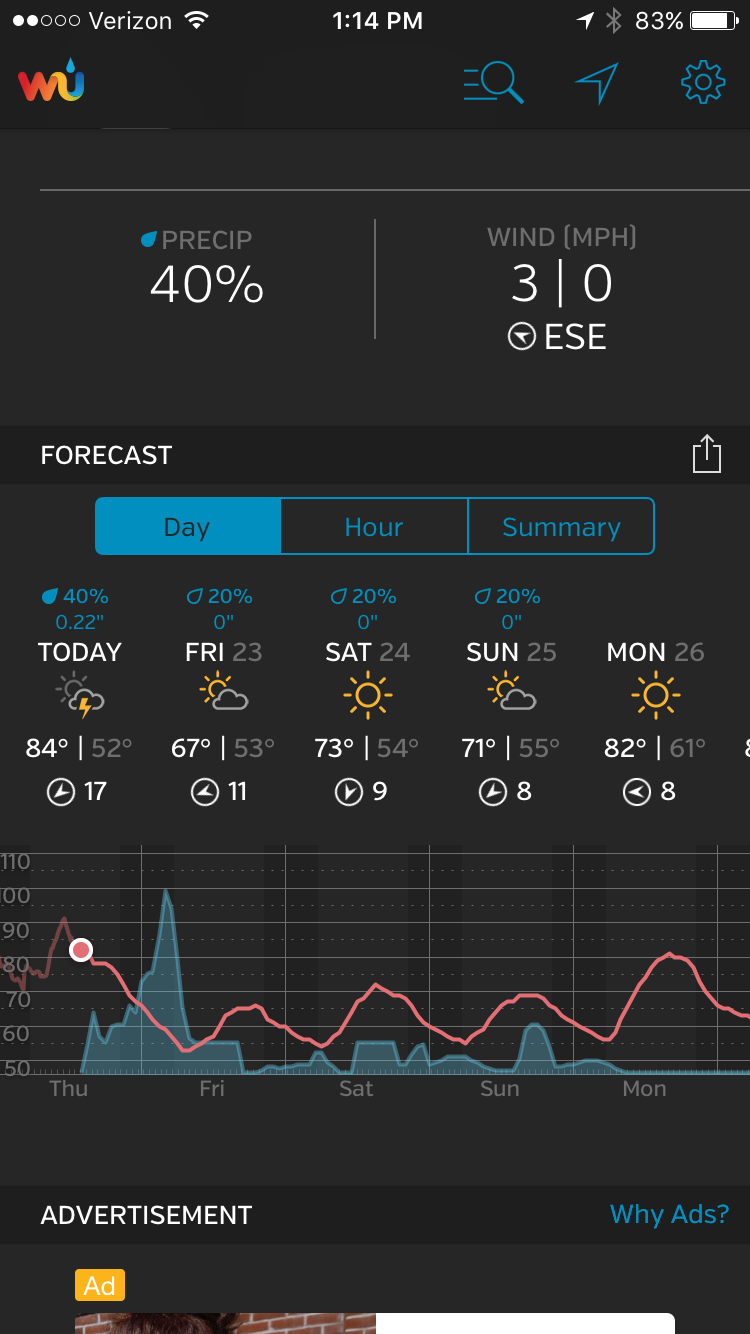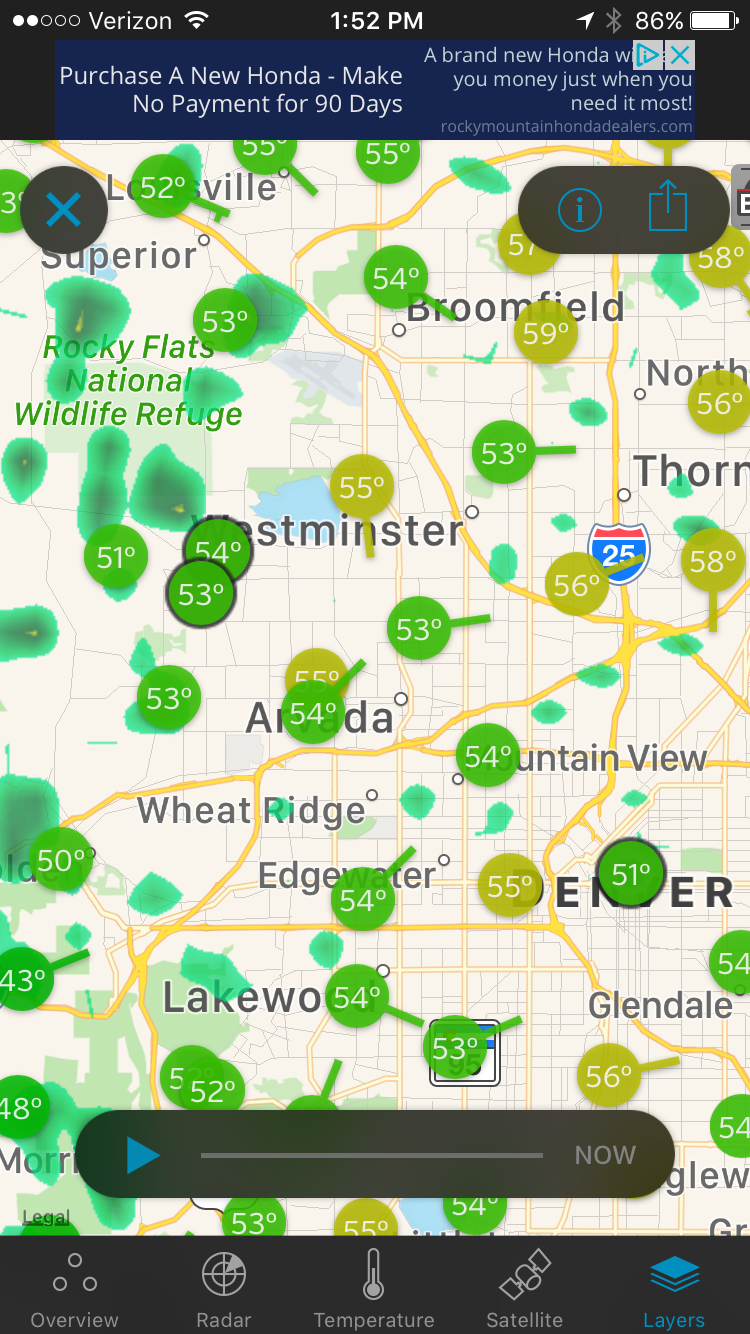Answer: … it depends (says every lawyer, ever, about any question asked). ;)
This is a wonderful review of this topic thanks to our Content & Communications Manager, Maureen. We hope you find it helpful and that you’ll share it with any new(er) cyclists you may know!
Bike ridership across the country is up, as many people are looking for alternative ways to stay fit with many gyms and fitness centers closed due to COVID-19. Biking has also become an acceptable social distancing activity and an alternative mode to public transportation. Many families are turning to the bike to get outdoors with their kids, as many pools are closed and playgrounds have been roped off. People are dusting off their bikes, fixing them up, and heading outside.
Bike shops can hardly keep up with the demand for new bikes. “Basic adult bicycles, known in the industry as ‘leisure’ bicycles, have seen double and triple-digit sales increases,” according to The NDP Group, a market research company in Port Washington, New York. Adult leisure bike sales were up 121% in March.
Denver has seen a significant increase in bicyclists on trails. South Platte Park reported a 93% increase in bikes on the South Platte River Trail. It is incredible, truly a dream come true for cycling. We are excited to see so many more bicyclists.
If you are new to biking or getting on the bike again after a long hiatus (welcome back!), it is important to know the bicycling laws in your state. Even if you are an experienced cyclist, you might need a refresher or learn about recently passed laws (SB20-061) that make biking safer. Check out the Bicycling Manual - A Guide to Safe Bicycling from the Colorado Department of Transportation for rules of the road. You can also get more information on state and local laws for Colorado and Arizona on our website under Cycling Laws. If you live outside of Colorado, visit your motor vehicle department’s website.
Recently, we got a question about helmet laws, specifically for children in Colorado:
“Could you tell me what the Colorado laws are for young children and bikes? In the Netherlands, they start biking with their children in trailers at six to eight weeks, but in the US the general consensus seems to be to wait until your child is a year old. I am wondering what the laws are around biking and helmets for young children.”
There is no federal law in the U.S. requiring bicycle helmets for any cyclist. Helmet laws vary by state and even local jurisdiction and are mostly limited to children, usually under the age of 18 in many states. In 21 states and the District of Columbia, bicyclists are required to wear a helmet depending on their age. For example, in Pennsylvania, it is a state law that all cyclists under the age of 12 must wear a helmet, while in Delaware, the age requirement is 18. Twenty nine states do not have a statewide law regarding helmet use. Colorado is one of these states with one exception:
Bicycle Helmet Laws by State - www.iihs.org
Currently, the law in Colorado (C.R.S. § 42-4-1412(15)(b)) only requires bicycle helmets when a cyclist is operating a class 3 electric bike, which is defined as “an electric bike offering motor assistance only while the rider pedals, up to 28 miles per hour.” All riders or passengers on a class 3 electric bike under the age of 18 must wear a protective helmet specifically designed for bicyclists. The law goes on to say that the protective helmet must conform to the design and specifications set by the United States consumer product safety commission or the American Society for Testing and Materials and must be properly secured on the cyclist’s or passenger’s head with a chin strap while the class 3 electrical assisted bicycle is in motion.
If you are in the market for a bike helmet, consider some of the following advice from our Bike Ambassadors:
Fit and Budget - Fit is definitely important to several of our Bike Ambassadors. Ben says fit is greater than everything else. “It's great to have a budget, but the $100 helmet might fit better than the $50 one, even though you were only planning on spending $50. Vice versa. You might want the coolest, newest, $300 helmet, but the $100 one might fit you better, and that's what you should go with. Go to a local shop, try a ton on, and pick whatever fits best.”
Marieke agrees and says a helmet that fits well is a helmet that you will wear. “I like to try my helmet on before I buy it, make sure that it doesn’t wobble too much or sits lopsided. What happens when you shake your head? It also should not be too tight because nobody wants a headache. I like a light helmet, so that I notice it as little as possible. There are many helmets out there, and everybody has a different head shape. Try something that works best for you. My experience is that the cheapest deal is not necessarily the best fit (unfortunately), but it is worth spending the extra money so that you will actually wear it. Another note is that I always hang it on my handlebar, so that I don't forget to put it on when I go out for a ride.”
Drew says, “Fit is most important. The helmet should be snug, and you should be able to see your skin move when you rotate the helmet - it should still be comfortable. Make sure to try the helmet on with a cap as well if you wear one when riding. Every company has a slightly different shape helmet, so give a few a try to find what's most comfortable for you - your local bike shop should be able to help with fitting as well!” Drew recommends splurging on a helmet because your head is the most valuable thing you take riding with you every single time. He says you can always save elsewhere. Finally, make sure you always buckle your helmet, and that the buckle is snug under your chin; it should not be able to slip up and over your chin.
Safety standards - Mel emphasizes to make sure your helmet meets safety standards. Many out there do not. The Consumer Product Safety Commission has guidelines. “Fit is important, but matters not if it won’t protect you in a crash,” explains Mel.
MIPS - Multi-directional Impact Protection System - Both Megan and Drew brought up this system, which is found inside the helmet, generally between the comfort padding and the EPS (a high-quality foam used to reduce energy). It is a brain protection system. Drew says, “MIPS technology (or Spin with Poc) are really cool and have been shown to have some benefit limiting rotational trauma (which can cause a lot of serious concussions) so it's worth checking out. These helmets are usually more expensive (and MIPS is licensed to a wide range of companies) and is absolutely not necessary, but is a nice feature.”
Learn more about MIPS and see some video demonstrations of this incredible technology, here: https://mipsprotection.com/
Helmet Light - Think about a helmet light if riding at night in addition to any lights on your bikes. It will make riding more fun and make you more visible.
Helmet Replacement - Replace your helmet frequently. Drew says not to let your helmet languish in your garage for years. Technology improves and various foams break down in the elements. Also, replace your helmet after a crash, even if there are no visible signs of damage.
Consider buying the right helmet for your riding style/discipline. Helmets for mountain biking are different from helmets for road biking. If you’ll mainly be riding on roads, consider a high-visibility helmet.
Check out this helmet fact sheet put together by the Center for Disease Control for information on what to look for and what to avoid when buying a helmet for your child or teenager.
Cycling is on the rise and soaring in popularity. We hope it stays this way and encourage you to spend as much time on your bikes as possible. There are so many benefits: biking helps boost mental health, keeps you active and fit, and gets you outdoors. Keep on biking!








